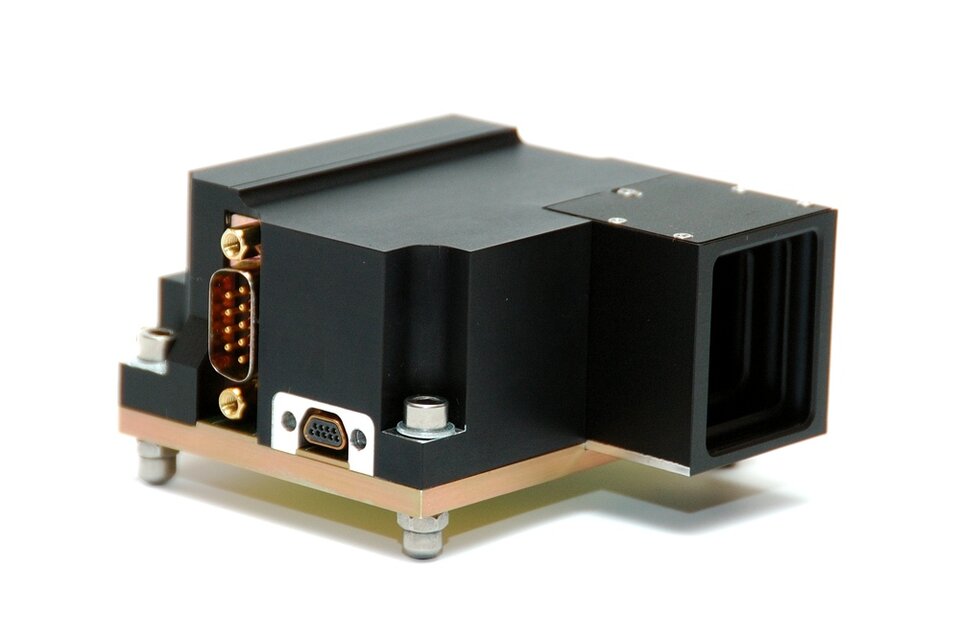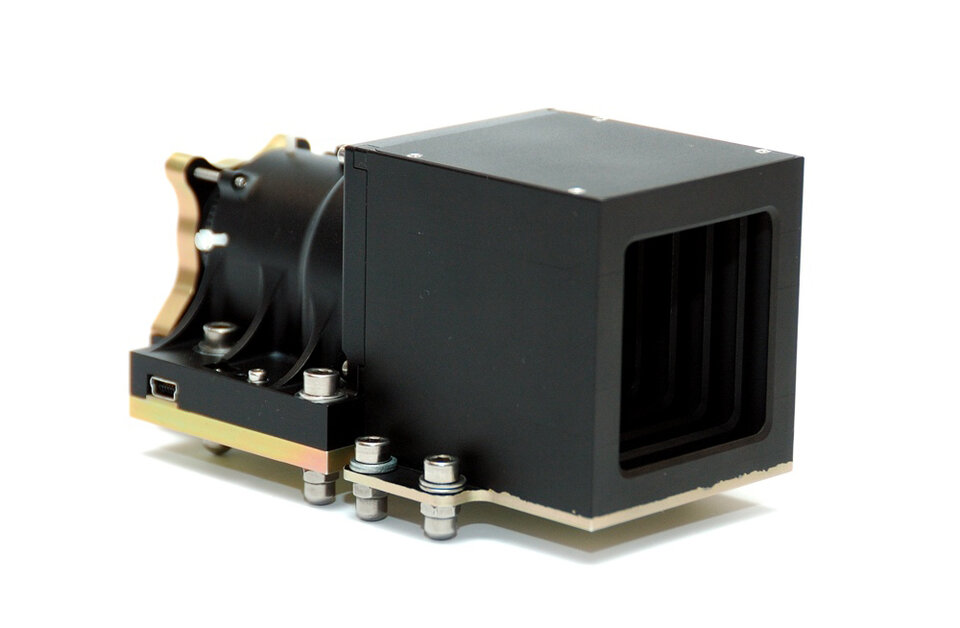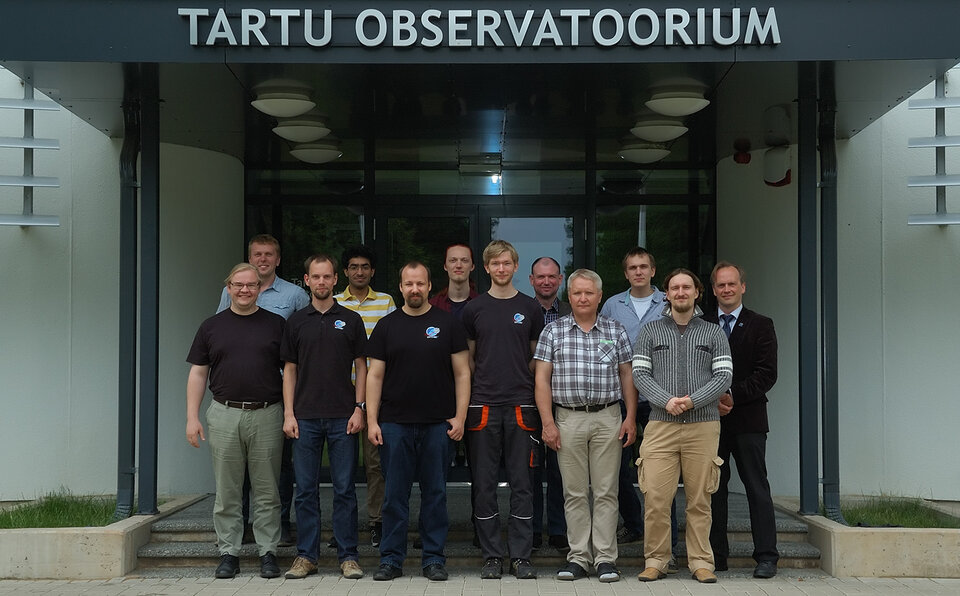Micro Cameras
The CAM core team is composed of two MSc students, three PhD students, and three MSc graduates. In addition to the core team, a variety of students from the University of Tartu, as well as students from various foreign universities, have contributed to the project during their internships at Tartu Observatory, University of Tartu. The payload’s possible applications range from monitoring plankton blooms to changes in the polar ice caps.
Taking pictures of our planet: high resolution and wide angle from low Earth orbit

The ESEO optical payload team has the objective to build a reliable optical payload that will resist the harsh environment of space and successfully take Earth images in the visible spectrum for scientific and public outreach purposes. As an educational goal, the team intends to gain valuable experience in the development and testing of the optical instrumentation for Earth observation purposes, while keeping to ECSS standards as a reference.
The optical payload consists of two miniature camera modules: a wide-angle camera (primary) and a telescopic camera (secondary). The primary camera is a slightly modified version of the ESTCube-1 optical payload, which proved resilient to cosmic conditions and provided 300 beautiful images of the Earth over a period of two labour-intensive years in orbit. The optics yield a field of view of 65.8°, and the camera has a colour image sensor with VGA resolution (640 x 480 pixels).

The secondary camera is an experimental module that does not yet have a spaceflight heritage. It provides a field of view of 8.16° and features a colour image sensor with 2592 x 1944 pixels (5 MP). This results in high-resolution images, where one pixel on an image covers an area of about 23 x 23 metres.
Contact
Prof. Mart Noorma
mart.noorma@ut.ee
Indrek Sünter, ESEO student,
indrek.sunter@ut.ee


